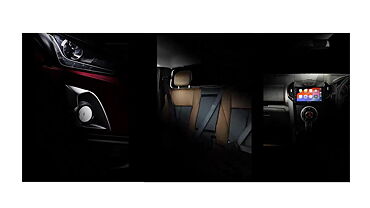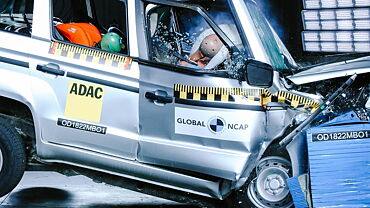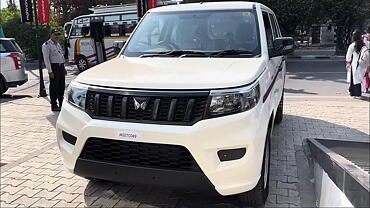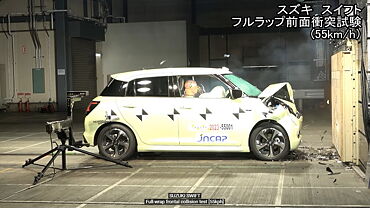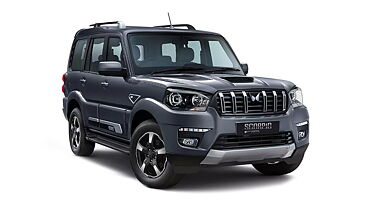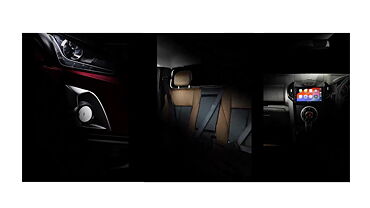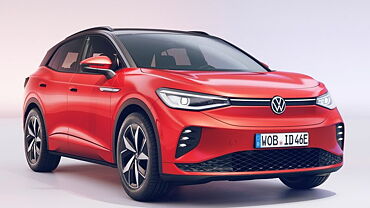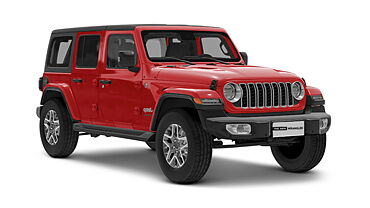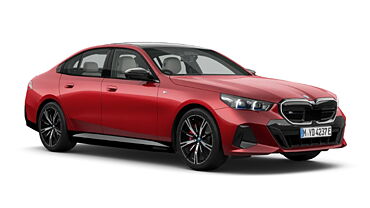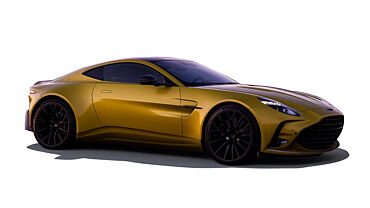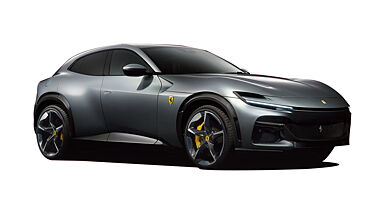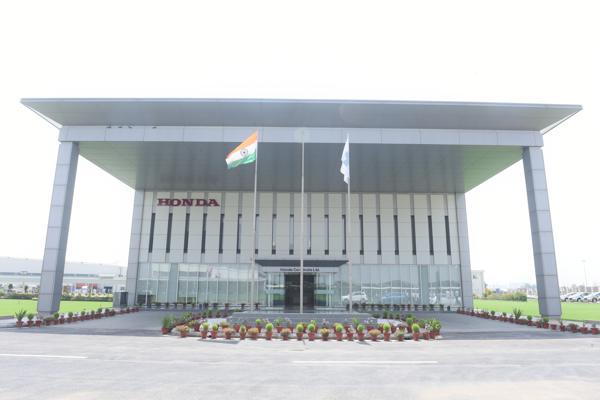
When Honda invited us for a visit to Tapukara, their second manufacturing facility in the country, naturally we jumped at the opportunity. As an automobile journalist and an engineer, the walk around the assembly line was like a homecoming for me. Initially I just let all the familiar jargon wash over me – ferrous… forging… heat treatment… assembly… resistance welding… and many more from my engineering college days – it was like meeting old friends.
The scene that I beheld in front of me was everything I had imagined a car manufacturing plant to be. Sparks flying from welding torches in the background, the quiet hum of the robots as they efficiently move about their tasks, swiveling and pirouetting without missing a beat – almost as if it were a well-rehearsed dance. The occasional medley of human sounds would filter through this sterile silence - men gathering the components onto the vehicles on the moving assembly line and the components taking shape from the raw materials – it was a mesmerising sight. The car finally rolls out of the assembly line, and that’s when you realise the sheer ingenuity of the manufacturing processes that go into building cars.
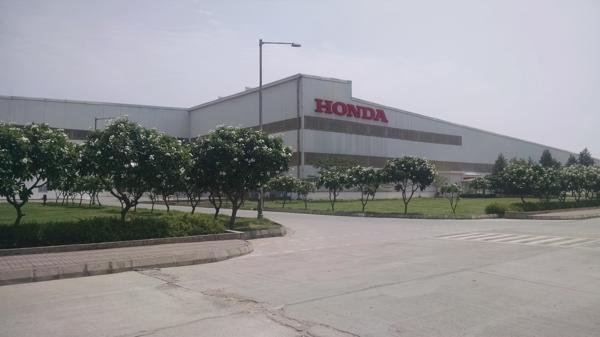
A strict ‘No Photography’ signboard has been put up everywhere inside the manufacturing facility, but Honda made an exception for us this time so that we could give our readers a comprehensive account of how vehicles take shape. Read on as we take you on the tour inside Honda’s biggest production facility outside of Japan.
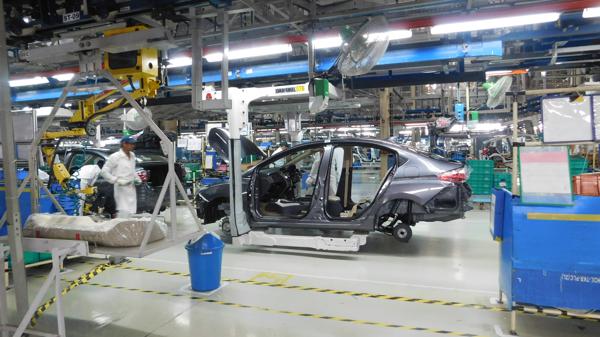
The Tapukara facility, housed in Alwar district, Rajasthan, was set up in 2008. Initially, the facility provided only engine components and body panels. But since 2014, a full-fledged vehicle assembly has been put in place. Currently, the City sedan, Jazz hatchback, the BR-V and the newcomer WR-V crossover are manufactured here with a capacity of 120,000 units rolled out annually. But Honda asserts that the capacity can be bumped to 180,000 units depending on market demand.
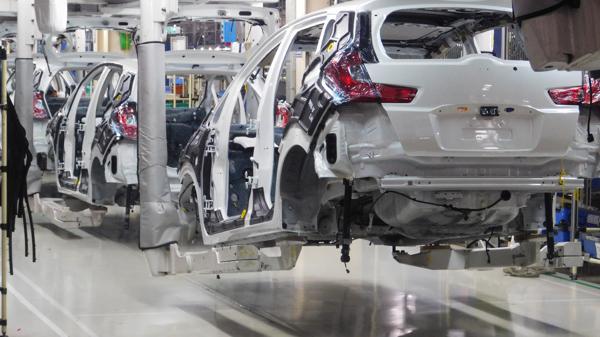
Spread out over 400 acres, the Honda plant has manpower of 5901 persons with a daily rollout of 490 vehicles. Since its inception, the facility has produced 3,23,519 vehicles. With 20 man hours going into each vehicle, a finished car rolls out of the assembly line every 108 seconds. Another USP of the Tapukara plant is that it is the largest manufacturing facility for the manual transmission and the biggest exporter for Honda manual transmission globally.
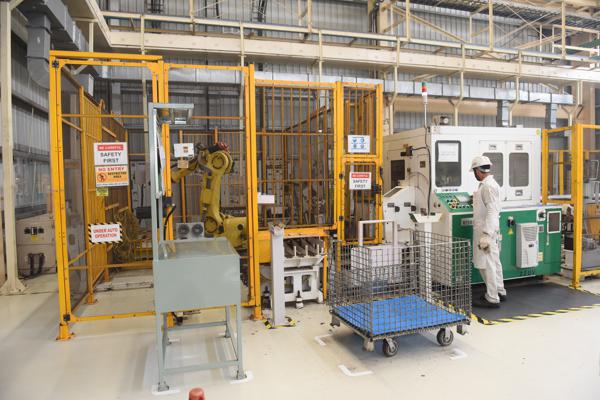
The tour around the factory began with the forging department where the crankshafts and connecting rods of three different displacement engines were manufactured. The crankshaft of 1.2-litre petrol, 1.5-litre diesel and 1.6-litre diesel are forged from billets sourced from local suppliers; after a robotic arm cuts the metal, the strips are heat treated, before being fed to a 4500 tonne press. The crankshafts are then 2D scanned and dipped in oil before being shifted to parts logistic coordination (PLC) department and for exports. A total of 4155 sets are produced each day.
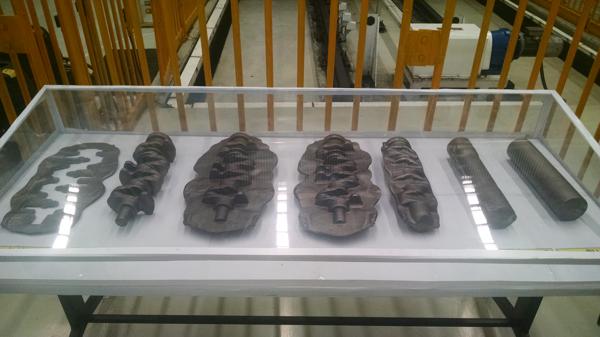
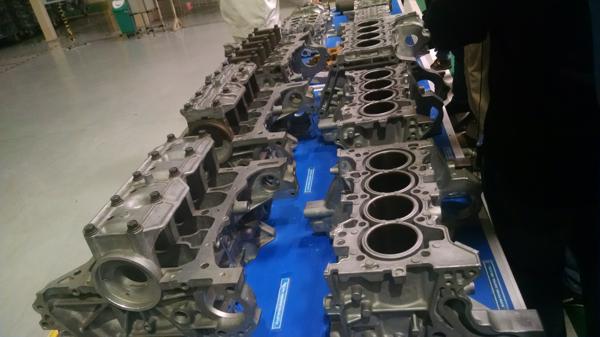
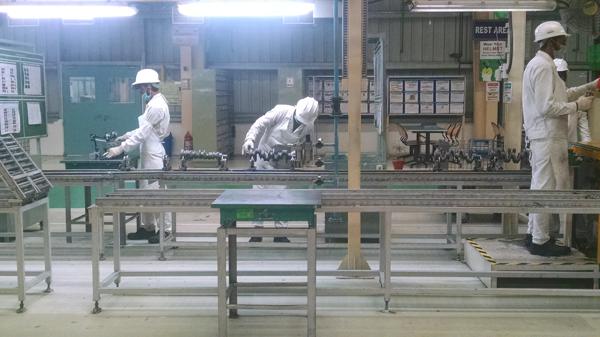
The engine component manufacturing bay was an interesting section. The aluminium and ferrous parts are simultaneously manufactured on parallel assembly lines. The cylinder block is put together on one line with 184 machines, while the engine head is sub-assembled on 212 machines parallel to it. In one day, a combined output of 6000 components are made. The transmission case is made up of tempered aluminium, and about 2000 units of these are churned out each day from two different lines.
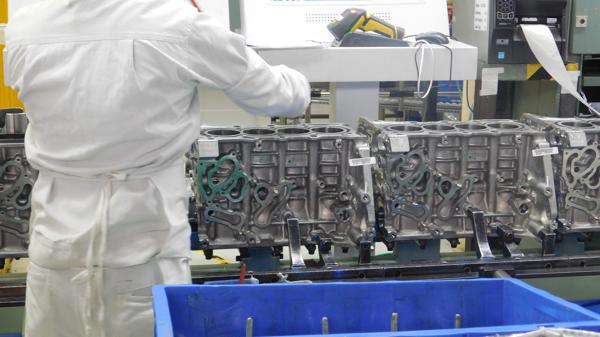
At the press department, the body panels such as the hood, fenders, side panel boot, roof and base are all pressed out of a single big machine which is a combination of two 1500 tons press and five 1000 tons press. The metal sheet undergoes thorough cleaning, forming and trimming, pressing and piercing, in that order, to turn it into the desired component.

 0
0
The Tapukara plant is the largest facility to manufacture diesel engines for Honda globally. The engines manufactured here are exported to international markets like Thailand, Japan, and the UK. The new 1.6-litre i-DTec engine which will be manufactured for the international spec CR-V is also assembled and exported from Tapukara. A total of 20 per cent of engine assembly is automated, while the human involvement is done in the most ergonomic manner. The finished engines move to the assembly line where it is mated with the rest of the powertrain and sub-assembly before meeting the body.
 1
1
The vehicle body, on the other hand, is completed in the welding shop. It is here, that a car takes shape in the form that we are all familiar with and comes out as a finished product. The welding shop is divided into four sections. In section A, the underbody is welded with the side body and the roof is brought together to form the skeleton of the vehicle.
 2
2
At Section B, the skeleton gets additional panels for strengthening and safety purposes. Section C goes through a paint shop which finishes the body in multiple stages to give out the desired body paint. It is here that the top-up of the essential fluids is carried out. The marriage of the body and powertrain also happens in the welding shop. The moving assembly line at section D is where all the exterior and interior fitments come to place. Everything from the wiring harness, dashboard, air-conditioning, seats and roof linings, to the fenders, bonnets, boot, wheels, headlamps and tail lamps assembly are put together here.
 3
3
 4
4
The finished vehicle undergoes inspection under monochromatic light to check for any defects. Water tests are done to check for leakages and the lighting is tested, along with a straight line drive to check various other parameters. After this, your beloved Honda is ready to be sent to your nearest dealership, from where you can drive it home.
 5
5
 6
6
Also unique to the Tapukara facility is that 50 per cent of its space is open with a plantation of 25,000 trees. The plant buildings are naturally illuminated with large fans running at low speeds and the high circulation takes care of ventilation. Rainwater harvesting (97 per cent) and solar electric power unit (1200 KW) is also available for the sustainability. There is a separate training facility called the Gurukul inside the plant to train the operators extensively for the plant.



